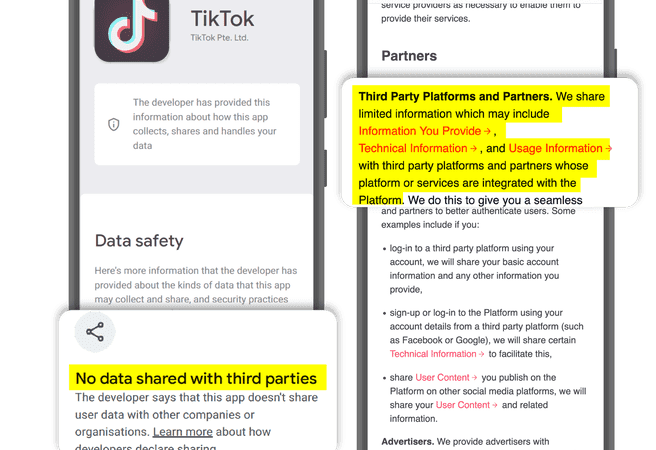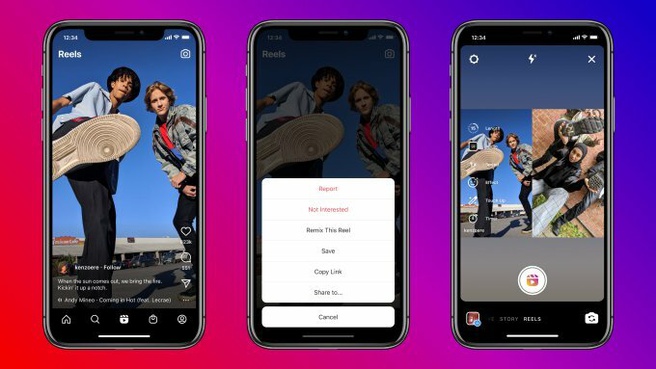
However, the great success of Snapchat was not so much the one it achieved directly as the one it achieved indirectly. The social network did not become the great success of the market or swept away the social networks that were already present, but it has powerfully marked the agenda in recent years.
The boom of the Stories
The essence of Snapchat was in how the content was published: the stories went online and then disappeared, deleted forever, giving the user much more privacy. It was, in fact, that which the teenagers who used it loved. The content had become ephemeral.
And, to reach that audience, other social networks adopted it as well. Instagram was the first, with its Stories. The Stories became such a success that now we directly know the format under that identity. Facebook would also end up launching its own, but other social networks such as YouTube or Twitter are doing or planning as well.
The format became the big boom, the new dream of social media companies to achieve advertising revenue . By 2018, they had already become a millionaire business . In 2020, they are one more piece of the normality of the social media manager.
The story of the success of the Stories and how they went from being a niche product to a mainstream one is now useful to understand how the evolution of the latest fashion content format can be, which is becoming the emerging element in the social media strategy marketing and, above all, in the offer of social networks.
From TikTok to the world
The big question could therefore be whether the format of TikTok videos is set to become the new Stories. Until this year, TikTok was an emerging social network that was connecting with teens. Outside of that audience, the pull of the social network was limited. In fact, the same millennials who had never understood how Snapchat worked had also not managed to connect with TikTok and had not even tried downloading it.
However, during the first months of the coronavirus, TikTok use skyrocketed. And not only that: many of the virals in recent months have come from that social network, being born there and then going viral.
TikTok is increasing in popularity and entering a maturity phase , in which it is laying down a clear advertising infrastructure. And, although its problems in the United States would give for its own and quite long analysis, in general the format that has made the social network popular is beginning to attract the attention of its competitors, who are beginning to fine-tune their own ‘remakes’ of TikTok videos.
As with Snapchat, Instagram was the first. The social network presented its Reels, a version of the video format that TikTok uses and that will be integrated into the content offering it already offers. “Record and edit videos of several 15-second clips with audio, effects and new creative tools,” they were introduced by Instagram a few weeks ago.
The interesting thing, to understand how he is serious about this, is that Facebook, his mother house, has already begun to try to attract tiktokers to turn them into content creators for its new format. It’s the same acting manual that she followed when she released her videos years ago and tried to get hold of youtubers.
But Instagram is not alone in the battle to get hold of that new format on the rise. YouTube is also going to have its own shadowing of TikTok videos. In your case it’s called YouTube Shorts and it will also involve creating videos of 15 seconds or less using creative tools. YouTube is going to launch it, for the moment, in India. There they will test the format, although the forecast is that it will later reach many other markets. Unlike general YouTube videos, in this case they will be designed to be viewed vertically in the mobile application of the video platform.











